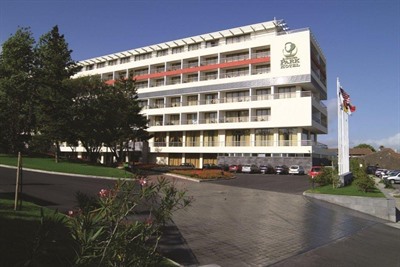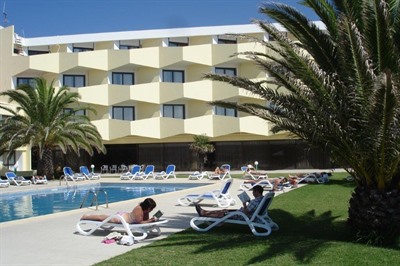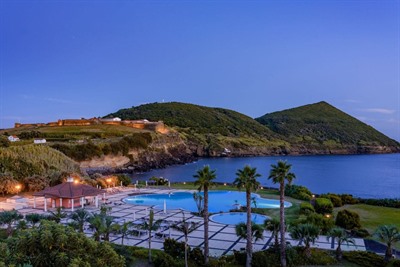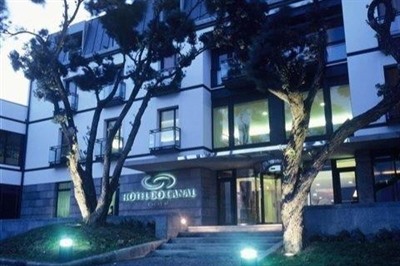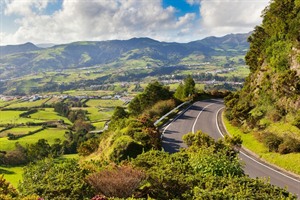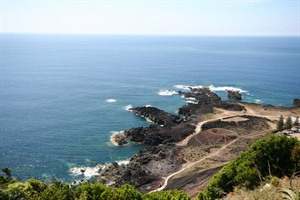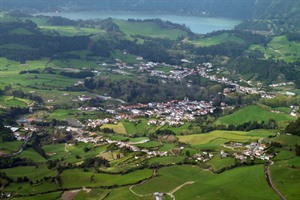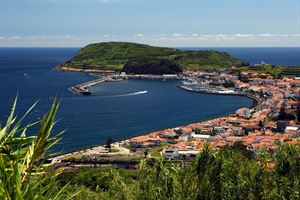- See spectacular UNESCO World Heritage sites
- Explore four of the Azores' beautiful islands with the freedom that comes with a hire car
- See the volcanic crater and lake filled calder
- Enjoy amazing sea and landscapes from special viewing places on island roads - just look for the binocular sign
Beyond The Volcano Fly-Drive
Experience four beautiful islands within the Azores on our most popular fly-drive holiday in the Azores.
See dazzling geysers, mineral hot springs and extinct volcano craters. Bathe in a natural hot water swimming pool, taste traditional Azorean food and wine, and go in search of whales and dolphins by boat.
Best of all, travel at your own pace and enjoy the freedom that a hire-car provides to take the road less travelled and pull over to take in the views to your heart's content. This is a great way to explore the Azores independently, with all hotels and inter-island transfers pre-arranged.
Speak to us about extending your holiday with a stop off in Lisbon
Tour Itinerary
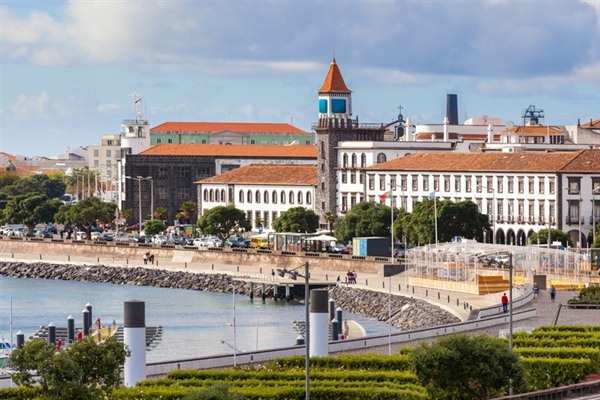
Fly to Ponta Delgada on São Miguel Island and pick up the hire car. Drive to São Miguel Park Hotel and check in for 3 nights. Spend the rest of the day at leisure.
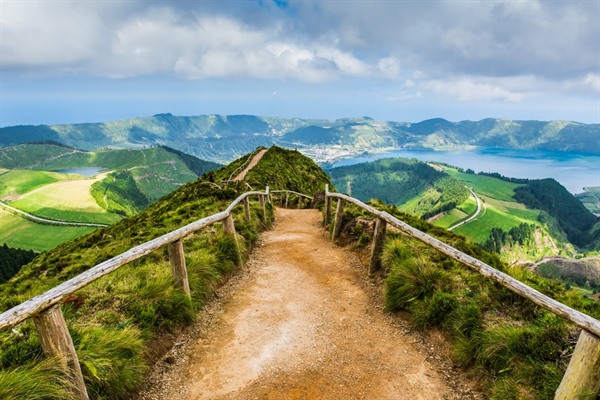
Today, drive to the Sete Cidades Massif, an extinct volcano crater which features an emerald green and an aquamarine lake. Visit Ferraria in the south west of the island with its thermal springs and spa. On the return to Ponta Delgada visit the Gruta do Carvão, the longest lava tunnel in Sao Miguel, measuring 1912 metres. This ancient cave is classified as a Regional Natural Monument. (B)
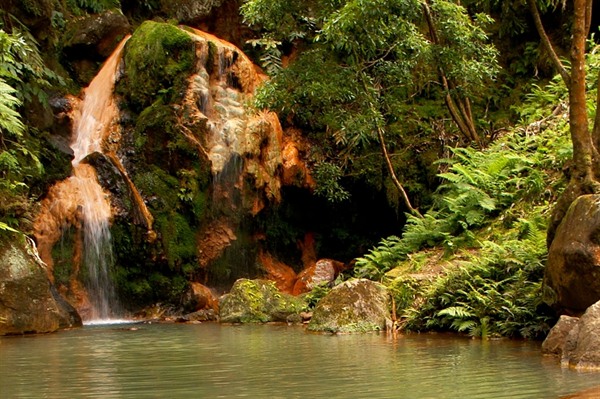
Drive to the village of Lagoa and visit the OVGA (Volcanology Centre) to learn about the Azores' volcanic history, before visiting the thermal activity in Furnas, a village with two ancient calderas and a beautiful lake. In the afternoon, visit the fumerols and the hot springs here or enjoy a stroll through the botanical garden. En-route to Ponta Delgada drive to the top of Lagoa do Fogo mountain for an amazing view before stopping for a swim at the natural tepid swimming pool, Caldeira Velha. (B)
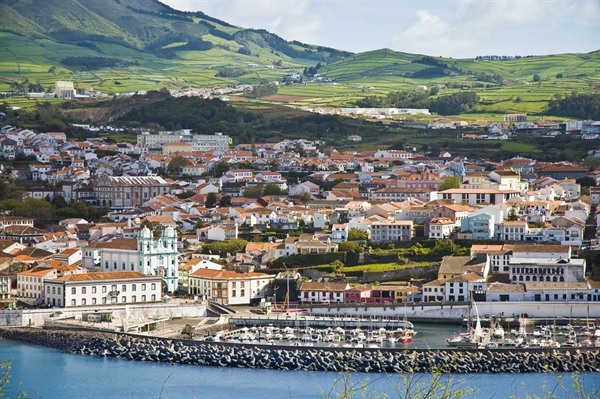
Take a short flight to Terceira Island for a two night stay at Hotel Praia Marina. Consider a drive to Angra do Heroísmo, a beautiful UNESCO World Heritage town. Stroll through its cobbled streets and enjoy the view of Monte Brasil across the harbour. Then, drive to Monte Brasil and marvel at the extinct volcano that emerged naturally from the sea to join the city of Angra do Heroísmo. (B)
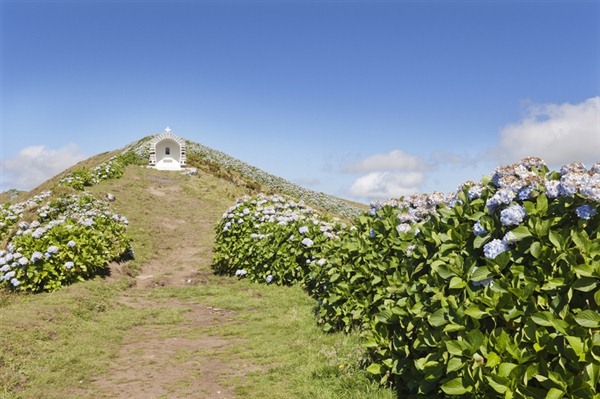
We suggest a drive to Serra do Cume to take in the landscape, locally known as the ‘Patchwork Quilt’ because it is made up of tiny pastures enclosed with volcanic dry stone walls. Then, visit the Natal Cave, an extensive geological formation composed by fluid lavas solidified that formed several tunnels, ramifications and stalactites. (B)
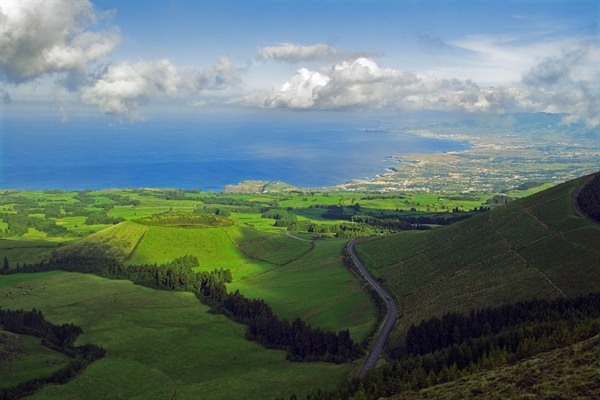
After breakfast, drive to the airport to catch the flight to Pico. On arrival, collect a new car and drive to Hotel Caravelas. Check in for 2 nights. (B)
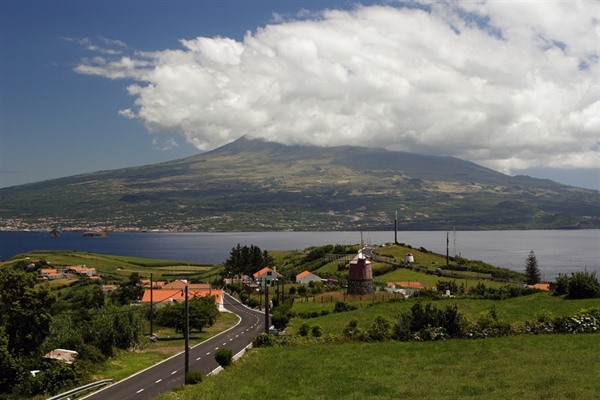
Today, explore the amazing sites of Pico island. Take a drive through the UNESCO World Heritage listed vineyard landscapes of Santa Luzia for an impressive view of the linear walls called currais, which were hand built to protect the vineyards from the salty winds. Consider a stop at Adega da Buraca where you can do a wine tasting and visit the wine museum. Visit Grutadas Torres in Criação Velha and marvel at the 5 kilometre long cave with its enormous stalactites and lava stalagmites. Leave some time for the Whaling Museum. (B)
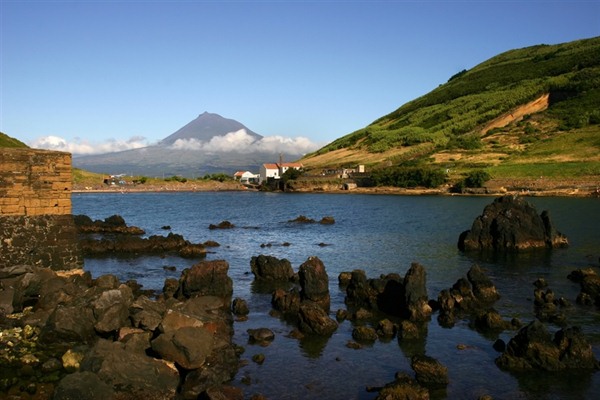
Board the morning ferry to Faial Island. In Horta, spend some time sipping a drink in Peter’s Café Sport on the harbour - a favourite haunt of tourists and sailors alike. Also consider visiting the Cabeço Gordo Cauldron, which marks the highest point of the island and offers awe inspiring views of Faial and the ocean. (B)
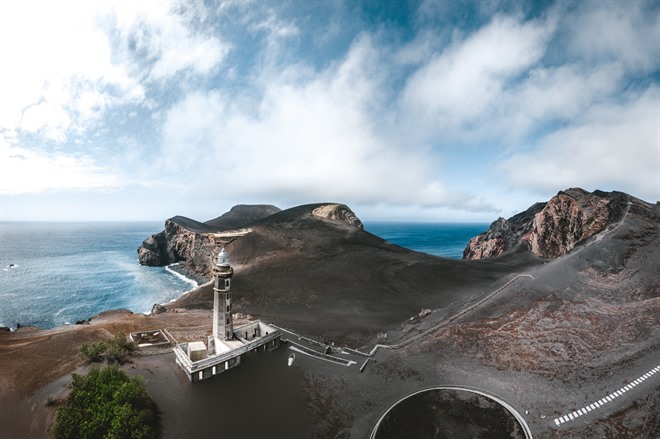
Drive to Capelinhos, which, in 1957, was the last volcano to erupt in the Azores. Visit the Capelinhos Lighthouse which offers excellent panoramic views of the volcano extension and its rare beauty. It was here that the eruption started and the scenery provides a stark reminder of how the earth is constantly evolving. Today, the former living quarters of the lighthouse have been turned into the Interpretation Centre which provides detail about the eruption and the history of volcanic activity on Faial. (B)
After breakfast, drop off the car at the airport before your flight back to the UK. (B)
Pricing Information
Price Includes
- Return international flights between the UK and the Azores
- Inter-island transfers by domestic flights
- All airport taxes
- 9 nights accommodation as per the itinerary
- Meals as specified by B,L,D (B = Breakfast, L = Lunch, D = Dinner)
- Car hire throughout in a Group B car (Hyundai I10 or similar) with unlimited mileage & SCDW insurance, and an additional driver
- Ferry tickets as detailed in the itinerary
Price Excludes
- Travel insurance
- Tips and gratuities
- Car PAI insurance (€6.56 per day)
- GPS (€13.11 per day)
- Fuel
Price Includes
Price Excludes
Price Notes
- Price based on two people sharing for departures from 11 June - 9 Sep25*
- International flights from the UK are based out of London Heathrow via Lisbon in economy class. Regional flights are available (supplement may apply)
- Please speak to us about adding a stopover in Lisbon
For all other departures please contact us
Tour Route Map
- Azores, Sao Miguel
- Azores, Pico
- Azores, Terceira
- Azores, Faial
Tour Accommodation
